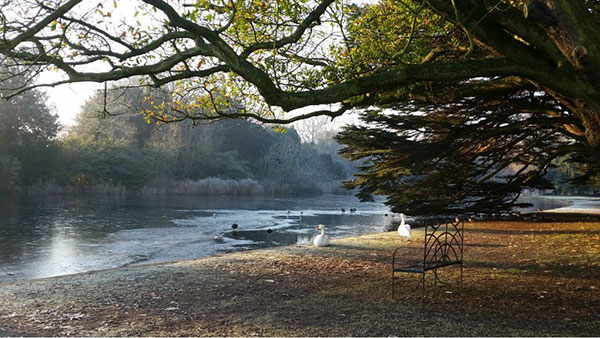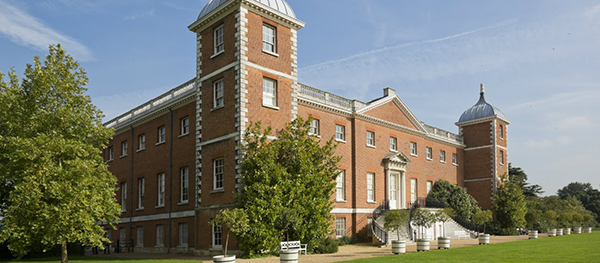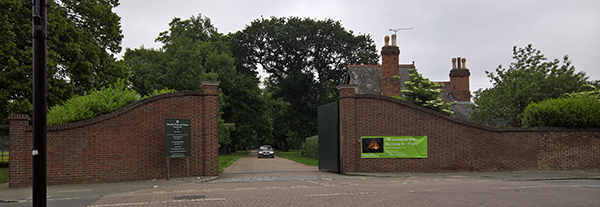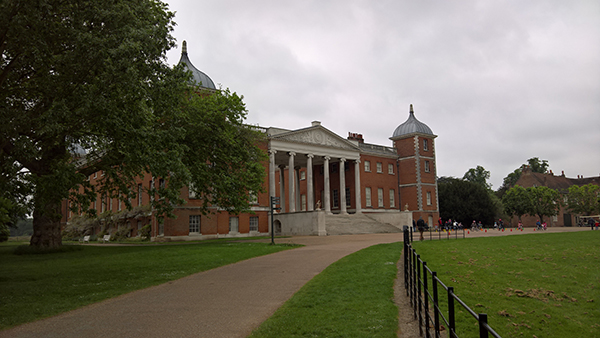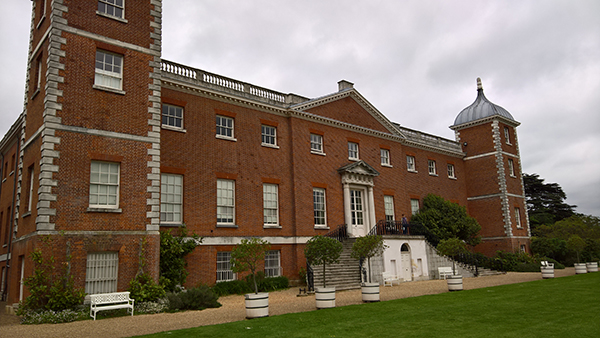By, Dr. Stephen G. Hauge, the Coordinator, for the Rowan Center for Holocaust and Genocide Studies at Rowan University in N.J.
Dr. Hague teaches modern European history, with a special interest in Britain and its global interactions from the eighteenth to the twentieth centuries. He received his B.A. in history from Binghamton University in New York, an M.A. from the University of Virginia, and a D.Phil. from Oxford University. His research has focused on architecture, material culture and social mobility in the British Atlantic World. He has published a number of essays in this area and his book, The Gentleman’s House in the British Atlantic World, 1680-1780, was published in 2015. His next project will deal with culture, historical memory, politics and the construction of the idea of ‘Greater Britain’ in the late-nineteenth and early-twentieth centuries.
His account of his visit Osterley Park, utilizing his Royal Oak membership, is as follows…
Adventure to Osterley
Recently, I led a group of American university students to London for a two-week, crash course in British history since 1715. The course was intensive – lots of museums, walking tours, talks, and theater visits. As a result, when our one entirely free day came round on the late May Bank Holiday, all the students were ready for a most welcome rest, as was their faculty member.
Various off-duty activities occurred to me, but as I contemplated visiting parks, or another museum, or doing some shopping with the hordes of tourists crowding central London, the thought finally came to me: ‘historic property’. Like much of Britain on a Bank Holiday, it made sense to head to the countryside, and what better place than a country house.
Thinking through which house to visit within striking distance, I came up with a number of west London options: Syon Park, Chiswick, Strawberry Hill, a few others. Then, prompted by my Royal Oak membership card, the question leapt to mind: ‘What about Osterley Park?” To be honest, I don’t know why it took me so long to come round to this idea, which should have been obvious in two minutes.
Even though I have lived in Britain for a number of years over time, I had never been to Osterley and approached it with the same sort of vague trepidation other travelers from America might: is it difficult to get to? Is it worth the trip? I can assure AngloFiles readers that there is no need to worry on either count.
First, it is dead easy to find. I took the London Underground Piccadilly line, the same line that goes to Heathrow if you are on a flying visit, to the conveniently-named Osterley station. National Trust directions indicated that the house was a mile walk from there, not far but just long enough perhaps to deter some people. Don’t let it. Go left out of the station a short way, left again, straight on, and you very shortly see the impressive entrance gates. Once in the Park, it is a lovely amble up to the house. The mile from the station felt more like a short walk and then a stroll on the estate.
Secondly, the house is not to be missed. Rebuilt around a Tudor core in the late eighteenth century by Robert Adam, it contains some of the finest Adam interiors I have seen. The approach to the house is up a flight of steps and through what was called a ‘transparent’ portico, a pedimented columnar screen that brings visitors into a small courtyard and to the front door. Although odd in its arrangement, it was exquisite, and played with light, shadow, and space in a way that I enjoyed very much.
If the exterior is enchanting, the interiors are even more sumptuous, both in decoration and furnishing. Adam spent two decades working on Osterley, and it is quite a complete example of his ‘total design’ principle. Rich Adam Neoclassical decoration complemented by furniture by John Linnell and others highlights a house that is largely unchanged since 1782 and shows Adam at the height of his design powers.

State bed: The State Bed designed by Adam, the surviving design for which is the Soane Museum, London – photo by Stephen Hauge
Although situated in suburban London, the 357-acre park, which has undergone restoration work based on a 1782 inventory of plants and animals, merits attention and is large enough to occupy one on an afternoon wander. Sprinkled with garden buildings, the gardens and landscape more than provide an adequate country setting for the house. On the Bank Holiday, local residents with dogs, families with children, and heritage visitors alike mingled in their use of house and grounds.
Returning to catch my train back into central London, the walk seemed even shorter. Focused as I was on my way to the house, I missed a lovely little secondhand bookshop, which I wandered into on the way back. Excellent history, architecture and literature sections highlighted a happy find.
Taken as a whole, the ease of access, the exquisite Adam architecture, the interiors, and the gardens and grounds at Osterley equaled an excellent day out, and one which should attract any Royal Oak visitor to London.
